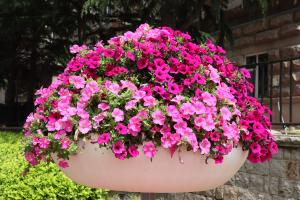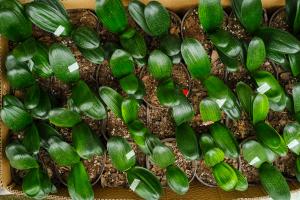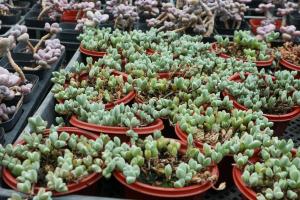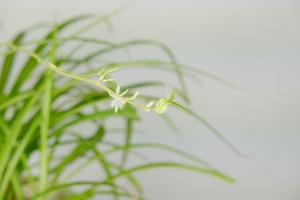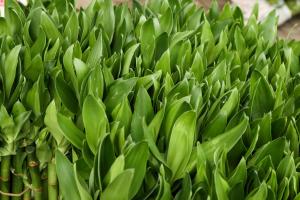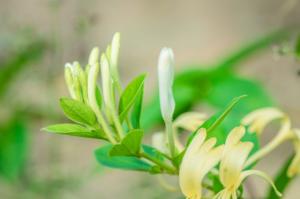Understanding Annual Plants: Definition and Characteristics
Annual plants are a type of plant that completes its life cycle within a year. Unlike biennials and perennials, which can last for two years and more than two years respectively, annuals have a relatively short lifespan. This article will define annual plants and discuss their characteristics, including growth habit, reproduction, and advantages and disadvantages.
Growth Habit of Annual Plants
Annual plants are some of the most popular garden plants because of their quick growth habit. Unlike perennials that require several growing seasons to attain notable sizes, annuals germinate, grow, produce seeds, and die within a single season. Due to their short life cycle, annuals prioritize seed production over the development of a big root system. As a result, they have a shallow root system and require frequent watering and fertilization to thrive.
Reproduction of Annual Plants
Annual plants reproduce through seeds. They develop flowers and young fruits during the growing season, and when the fruits mature, they release seeds that germinate when environmental conditions are favorable. Because annuals can only reproduce through seeds, it is essential to care for them well to ensure a healthy seed crop for the following year. This can include removing the spent flowers, deadheading, and using fertilizers that support seed development.
Advantages of Annual Plants
Annual plants are highly advantageous in landscapes and gardens because of their quick growth habit and prolific blooms. They can add instant color to a garden and fill in bare spots. Annuals like marigolds, zinnias, and sunflowers are ideal for attracting pollinators like bees and butterflies, necessary for fruit and vegetable production! Annual plants are also highly versatile, and gardeners can mix them with other plants, including perennials and biennials, to create accent planting schemes. Annuals are great for container gardening too!
Disadvantages of Annual Plants
While annual plants are highly favorable for their quick germination and colorful blooms, they have a few disadvantages. Over time, their shallow root systems require frequent watering and feeding, which can be laborious and expensive. Annuals devoid of a deep root system are more susceptible to pests and diseases than perennials, which are tough to remove. Lastly, annuals require yearly replanting and added labor. Thus, a gardener must calculate the cost of growing annuals and if the pros outweigh the cons.
Conclusion
In conclusion, annual plants are a type of herbaceous plant that completes its life cycle within a year. They are highly favorable for their quick growth habit and colorful blooms. However, they have a few disadvantages such as the need for frequent watering, fertilization, and yearly replanting. Gardeners can choose among a variety of annuals, including marigolds, zinnias, and sunflowers, to create striking accents in the garden. Keeping these advantages and disadvantages in mind, gardeners can realize their gardening goals and add life and color to their landscape!

 how many times do yo...
how many times do yo... how many planted tre...
how many planted tre... how many pine trees ...
how many pine trees ... how many pecan trees...
how many pecan trees... how many plants comp...
how many plants comp... how many plants can ...
how many plants can ... how many plants and ...
how many plants and ... how many pepper plan...
how many pepper plan...